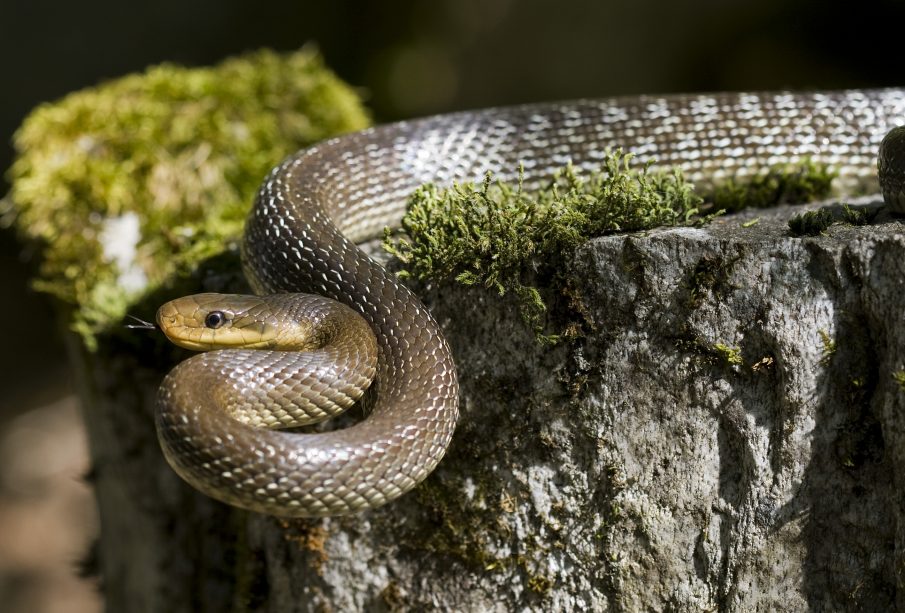The Fascinating World of Aesculapian Snakes

Introduction
Aesculapian snakes (Zamenis longissimus) are captivating reptiles that play an important role in many ecosystems across Europe. Known for their impressive length and striking colouration, these non-venomous snakes have intrigued herpetologists and nature enthusiasts alike. Understanding their behaviour, habitats, and the challenges they face in the wild is crucial for conservation efforts and maintaining biodiversity.
Physical Characteristics
Aesculapian snakes can reach lengths of up to 2.5 metres, making them one of the largest snakes in Europe. They are characterised by their slender bodies, smooth scales, and a colour range that includes light brown to olive green, often with distinctive yellow or black markings. Their large, expressive eyes contribute to their unique appearance, giving them a calm and gentle look.
Habitat and Distribution
These snakes are primarily found in wooded areas, grasslands, and near water sources across much of Europe, including countries such as Italy, Germany, and Poland. They thrive in habitats that provide ample cover and hunting opportunities. Aesculapian snakes are known to be arboreal, often climbing trees in search of prey. Their diet mainly consists of small mammals, birds, and lizards.
Behaviour and Reproduction
Aesculapian snakes are diurnal, meaning they are active during the day. They are skilled climbers and can often be seen basking in the sun on branches or rocks. Their mating season typically occurs in the spring, with females laying around 10 to 20 eggs in a damp, hidden location. The eggs hatch after approximately two to three months.
Conservation Status
While Aesculapian snakes face threats from habitat destruction, road mortality, and climate change, they are currently classified as Least Concern by the IUCN Red List. However, local populations could be at risk due to urban development and land-use changes. Conservation efforts focused on habitat preservation and public awareness campaigns are crucial for ensuring the survival of these remarkable reptiles.
Conclusion
Aesculapian snakes are not only vital to their ecosystems but also serve as indicators of environmental health. By promoting conservation efforts and educating the public about these snakes, we can help ensure that future generations can appreciate their beauty and ecological importance. As urban areas continue to expand, safeguarding their habitats will be essential in maintaining biodiversity and protecting these fascinating snakes.








